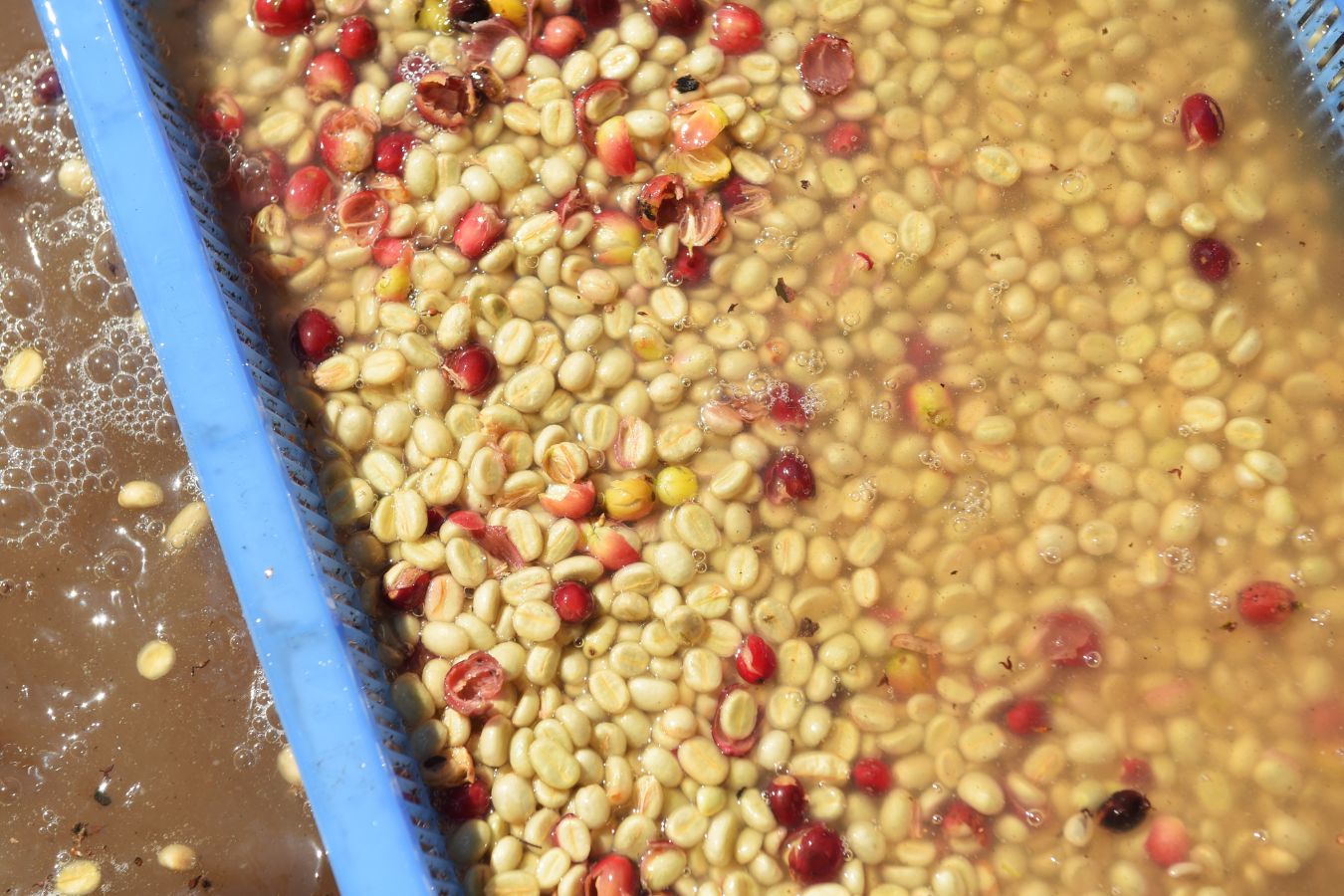
The Impact Of Fermentation On Coffee – Fermentation is the process of growing microorganisms to produce biomass or promoting microorganisms that make metabolic products, such as yeast or bacteria, turning sugar into acid, gas, or alcohol.
The fermentation process is well-known in the food sector. These pleasures have one thing in common: they’ve all been fermented: bread, wine, yogurt, cheese, and chocolate.
In the case of coffee, fermentation is a stage in producing coffee beans, during which the coffee fruit is rubbed and immersed in a tank to eliminate mucus from the seeds.
The fermentation of coffee can be divided into two categories:
- Microorganisms active in high-oxygen conditions are known as aerobic fermenters (often in overcooking fruits).
- Anaerobic fermentation: The coffee fruit will be entirely submerged in the tank, allowing the microorganisms to function without oxygen.
Fermentation’s Effect on Green Coffee Preparation
The fermentation process in coffee is not only a part of the green pre-processing process; it begins when the farmer harvests the ripened and continues until the beans are kept in the factory.
Controlling the fermentation process allows for the most effective use of the good flavors of coffee beans throughout the harvest, preparation, and storage of green coffee. The manufacturer will ensure that we get a batch of green coffee with consistent and delicious quality throughout the year by understanding the fundamentals of fermentation.
When coffee berries are collected, fermentation begins until they are kept in the plant.
However, there is one significant issue: fermentation is a pretty sophisticated process that is incredibly difficult to control at the farm level. Let’s see what approaches the farms have adopted.
Green Coffee Uniformity and Quality Control
All manufacturers must remember that buyers will return the following time. Quality items are the foundation of a strong relationship; if you haven’t accomplished this need, you have a lot of work ahead of you.
Most of our customers opt to return the following time since they liked the green coffee product. Still, occasionally they don’t discover such high-quality products the next time, and you must try to persuade them with numerous justifications.
This narrative will teach you a valuable lesson about the need for consistency. Chemical processes between microorganisms such as bacteria, yeast, and fungi cause fermentation. Hundreds of these bacteria can be found in the air, ground, and fruits and berries. These microbes are willing to deflect your coffee on a case-by-case basis.
How to Maintain Green Coffee Preparation Consistency
The following are some of the criteria farms use to ensure their fermentation process is constant.
- Ripe fruit harvest: The first criterion is for the coffee to be appropriately matured; yeast will only work with what is available to disclose or enhance some excellent characteristics. They draw attention to quality rather than transforming it from terrible to good.
- Clean: Microorganisms abound and are not necessarily beneficial to your coffee. Until the next batch, you must clean all of your tools.
- Existence of oxygen: Fermentation that occurs both aerobically and anaerobically.
- Yeasts and microorganisms: More flavors can be achieved by using a variety of microbes.
- Temperature and time:
Temperature and time are two crucial parameters that influence the rate of fermentation. A batch of wet pre-brewed coffee can take up to 72 hours to incubate, which implies that the time will always vary according to the manufacturer’s preferences.
The faster the fermentation rate, the higher the temperature; keep this in mind if you don’t want an over-fermented batch of coffee.
- Data and notes: Without the follow-up step, any research would be pointless; by capturing many samples, you’ll have a set quantity of data to compare and identify the optimum approach for your coffee.
Each type of coffee has its distinct properties
Remember that you will make mistakes no matter how diligently you use the following six variables. Only a few types of coffee will work with this recipe, but for the rest, you’ll have to experiment with the sample at least a few times to find the ideal one.
If your farm is located in a humid area, dry preparation, and honey are not recommended. However, if the location is dry, you can utilize dry practice.
You must comprehend how microorganisms will function in different environments, but remember that the fermentation process will start during harvest and end after drying.